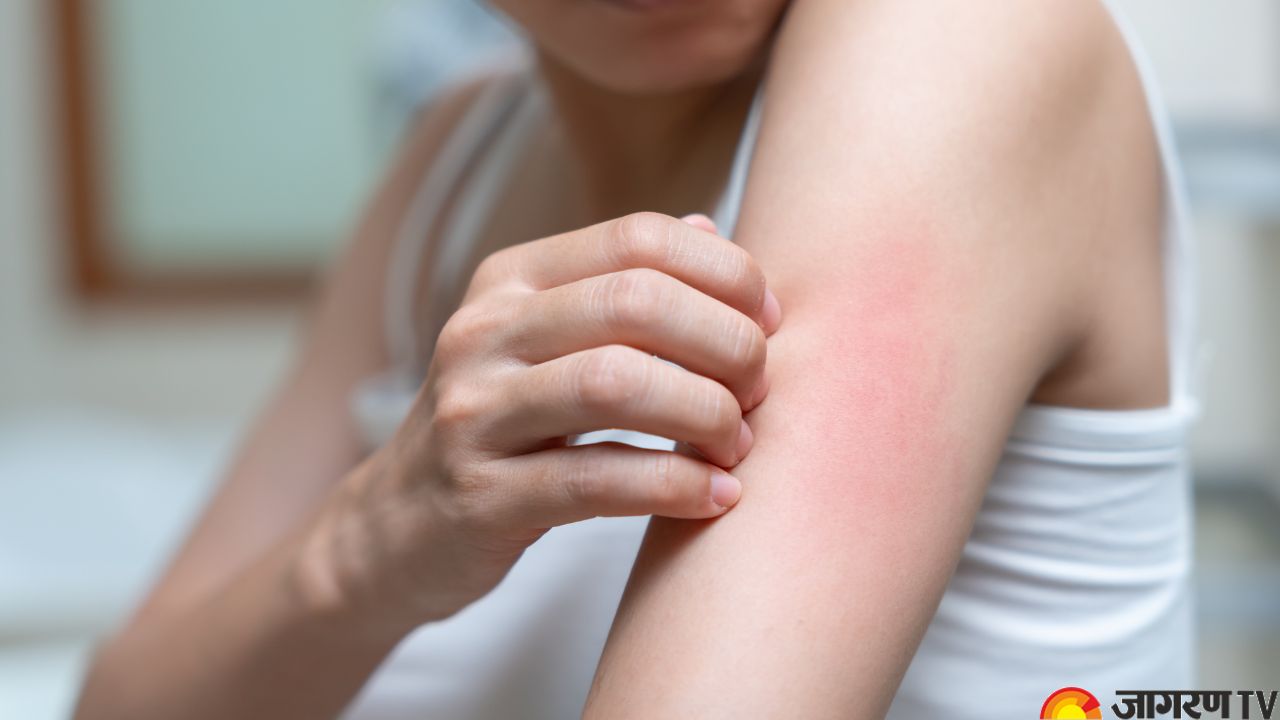First Menstrual Cycle: Got Your First Periods? Here’s A Complete Guide to Make Your Menarche Comfortable

First Periods: A young girl’s menarche, or the beginning of her period, is a momentous occasion in her life. It denotes the start of adolescence and the transition from childhood to reproductive maturity. Though it is certainly obvious that if you are biologically female, there is a point when you will start having your period cycle. A parent’s role is very crucial in this sensitive and momentous phase of their daughter’s life. Almost all of the girls find it shocking and get surprised when they experience their first menstrual cycle, called Menarche.
Here’s a complete guide about Menarche, signs of first periods, and parent’s guide to prosper a healthy menstrual cycle of their daughters.
What is Menarche?
Menarche can happen earlier or later, but it usually happens between the ages of 10 and 16. Hormonal changes in the body, mainly involving the hypothalamus, pituitary gland, and ovaries, cause the first menstrual cycle. These changes result in the maturation of the reproductive organs and the start of regular menstrual cycles.
Signs of Menarche
Many physiological and psychological indicators may point to approaching menarche:
-
Breast Development
-
Height increases rapidly.
-
Pubic and Underarm Hair
-
Discharge (clear or white) is common in the months before the first period.
-
Hormonal fluctuations can cause emotional changes that lead to mood swings.
Tips for a Comfortable and Safe Menarche
-
Encourage open discussions about menstruation. Girls should feel free to ask questions and share their feelings.
-
To help them understand the process, provide books or videos about menstruation that are appropriate for their age.
-
Provide a variety of menstrual products, including pads, tampons, and menstrual cups. Please explain how to use each one.
-
Prepare a small kit containing menstrual products, underwear, and wipes to keep in their schoolbag.
-
Encourage daily showers and the use of gentle soap to clean the genitals.
-
Explain the significance of changing pads every 4-6 hours and tampons every 4-8 hours to avoid infection.
-
Cramps can be relieved with over-the-counter pain relievers. A hot water bottle or heating pad can also provide comfort.
-
Encourage a balanced diet high in iron and vitamins. Staying hydrated can also help with menstrual symptoms.
-
Be supportive and empathic. Normalize the situation and assure them that it is a natural part of growing up.
-
Teach stress-reduction techniques like deep breathing, meditation, and gentle exercise.
-
Introduce the concept of monitoring menstrual cycles with a calendar or a period-tracking app. This can help predict future periods and identify any irregularities.
-
Regular check-ups with a healthcare provider can keep your menstrual health on track. Seek medical attention if you have any concerns about extremely heavy bleeding, severe pain, or irregular cycles.
-
If you use tampons, explain the risks and symptoms of Toxic Shock Syndrome (TSS), emphasizing the importance of changing them on a regular basis.
Related videos
-
National Mango Day 2025: Where was Mango First Cultivated? Interesting Facts About The King of ...
-
Yakten: जानें सिक्किम में भारत के पहले डिजिटल घुमंतू गांव के बारे में ...
-
International Nelson Mandela Day 2025: आज़ादी और सफलता के लिए नेल्सन मंडेला के ...
-
Monsoon Health Tips: Skin Allergies During Rainy Season, Causes, Symptoms, Treatment, and More ...









